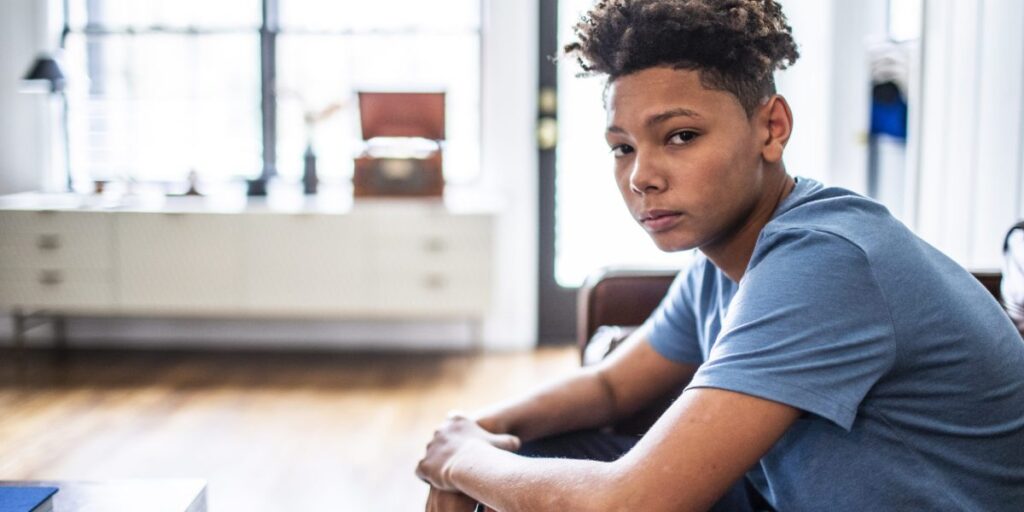Young people are facing an unprecedented mental health crisis, amplified by political turmoil, school shootings and climate instability. But the youth mental health crisis is exacerbated by the rising costs of behavioral health care, a shortage of therapists able to meet the need and the devastating effects of social media.
In Washington DC, there is a growing movement to introduce legislation to keep harmful social media content out of the hands of children. Senate leaders are considering supporting three online safety bills to protect children from the potentially harmful effects of social media. As reported by POLITICO, one of the bills, the Kids Online Safety Act, would include a range of measures, such as banning the dissemination of potentially harmful content on social media about topics such as suicide and eating disorders. Other bills reportedly under consideration include an update to the Children and Teen Online Privacy Protection Act (COPPA 2.0), a foundational regulation on online safety, and the Kids Off Social Media Act, which would completely ban access to social media for children under the age of 13.
Research has demonstrated that social media has a detrimental effect on the developing brains of young people, and US Surgeon General Dr. Vivek Murthy has repeatedly warned of the dangers, issuing formal recommendations on its impact on young people's mental health and calling for warning labels on social media platforms.
As a clinical psychologist who specializes in managing content for youth behavioral health and wellness platforms, this is a welcome start. But it's just a start. To have a meaningful and lasting impact on this crisis, we need to engage private and public organizations (states, school boards, health departments) to come together and tackle this problem.
Estimates suggest that approximately 20 million young people in the U.S., or 1 in 5, suffer from a mental illness. Unfortunately, only 20% of them receive treatment, a lack of access to care that is exacerbated by the rising cost of health care and the historic physician shortage we face.
A recent Brightline study published in JAMA Network Open found that spending on pediatric mental health has increased 31% since 2017, with children with mental illness accounting for 47% of all pediatric health care costs. In 2021, health care costs for children with mental illness were associated with an increase of $4,361 in total health care costs. The study found that households with a pediatric mental health illness saw an increase of $2,337 in family health care costs.
Nearly half of Americans live in areas with a shortage of mental health clinicians: 42 states have a critical clinician shortage, and 70% of U.S. counties have no pediatric mental health providers.
Even assuming you can afford it, what do you do when the cost of healthcare is soaring and there aren't enough doctors in your area, or even any doctors at all? There are great options available through multiple digital behavioral health platforms, some of which are designed specifically for children, teens, and young adults. But without a public partner, issues of equity and access arise.
This means we need to tackle the crisis comprehensively, including supporting government and education systems and partnering with technology innovators. In California, two digital mental health and wellness apps (including one we developed) are available for free to everyone under the age of 25 (nearly 13 million children, teens and young adults) as part of California Governor Gavin Newsom's historic Children's Mental Health Master Plan and the Child and Youth Behavioral Health Initiative (CYBHI).
Governor Newsom has made children's mental health a pillar of his Administration's agenda, with a particular focus on ensuring equity of access for marginalized communities that face disproportionate barriers to access. This commitment means all California youth can get the support they need, when and where they need it. This is a meaningful, impactful demonstration of our commitment to addressing the youth mental health crisis and will serve as a blueprint for other state legislatures, health departments, and school boards to implement for young people.
The research is clear: young people need our help. And they need it now. What are we waiting for?
More must-read articles from Fortune:
Opinions expressed in commentary articles on Fortune.com are solely those of their authors and do not necessarily reflect the opinions or beliefs of Fortune.



